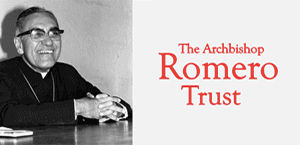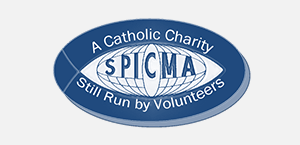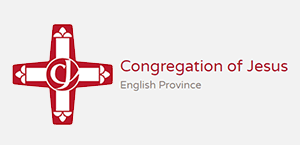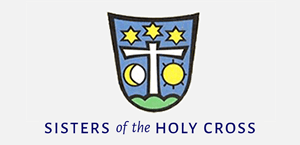Gospel in Art: Laetare Sunday

Rose Coloured Chasuble by Henri Matisse, 1951. Embroidered and patchwork silk © Collection Chapelle Matisse, Dominicaines, Vence, France
Source: Christian Art
Gospel of 10 March 2024
John 3:14-21
Jesus said to Nicodemus:
'The Son of Man must be lifted up as Moses lifted up the serpent in the desert,
so that everyone who believes may have eternal life in him.
Yes, God loved the world so much that he gave his only Son, so that everyone who believes in him may not be lost but may have eternal life.
For God sent his Son into the world not to condemn the world, but so that through him the world might be saved. No one who believes in him will be condemned; but whoever refuses to believe is condemned already, because he has refused to believe in the name of God's only Son.
On these grounds is sentence pronounced: that though the light has come into the world men have shown they prefer darkness to the light because their deeds were evil. And indeed, everybody who does wrong hates the light and avoids it, for fear his actions should be exposed; but the man who lives by the truth comes out into the light, so that it may be plainly seen that what he does is done in God.'
Reflection on the chasuble
Today, on this fourth Sunday of Lent, we celebrate Laetare Sunday, a day of joy and hope amidst our Lenten journey of reflection, penance, and preparation for Easter. The word "Laetare" means "rejoice" in Latin, and is the opening word of the Entrance Antiphon for Mass for this day, "Laetare, Jerusalem" - "Rejoice, O Jerusalem." It serves as a reminder that even in the midst of our Lenten disciplines and sacrifices, we are called to rejoice in the Lord's mercy and the salvation that is drawing near. The rose-coloured vestments worn today that replace the usual Lenten purple symbolise this joy and lighten the mood of Lenten penance, just as the dawn heralds the rising sun after the darkness of night. This midway point in Lent offers us a moment of encouragement, a beacon of the resurrection joy that awaits us at Easter.
In the midst of World War II, Monique Bourgeois, a nursing student, responded to an advertisement from Henri Matisse, who was in search of assistance following surgery for intestinal cancer. Their relationship blossomed into friendship, and after Matisse's recovery, he created portraits of Bourgeois in his studio. However, in 1946, to the dismay of Matisse (who was not religious), Bourgeois chose to enter a convent, as a Dominican sister of Vence. Despite this, Matisse undertook the design of a chapel for her order, a project that became his final and most cherished work, the one that he regarded as his crowning achievement. When Bourgeois, now Sister Jacques-Marie, inquired whether Matisse's creative inspiration was divine, he humorously (but sadly) responded, "Yes, but that god is me." Matisse was baptized Catholic as an infant but was ardently atheist as an adult.
It is always puzzling how secular artists can create some beautiful religious artworks. It is a mystery. I always hope and believe that somehow the artist, by tapping into Beauty, may discover God. Matisse designed several of these vestments for the Our Lady of the Rosary Chapel in Vence, France between 1949 and 1951. The rose chasuble is only used twice in the whole liturgical calendar year (Laetare Sunday and Gaudete Sunday), and is associated with joy and expectation during the somber days of Lent and Advent. With its overlapping shapes and vibrant blocks of colour, the chasuble is clearly from Matisse's paper-cutting phase, but this time the piece is made of embroidered silk instead of layered paper. The centre features a cross above a crown of thorns, and the chasuble is further graced with stylised botanical motifs. This chasuble and its accompanying chalice veil, maniple, and burse remain in Vence, in the same chapel for which they were created.
LINKS
Gospel in Art: https://christian.art/
Today's Reflection: https://christian.art/daily-gospel-reading/john-3-14-21-2024/


















